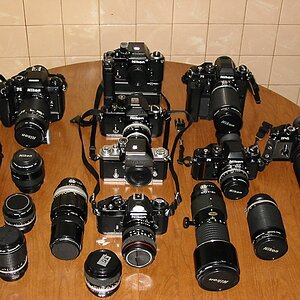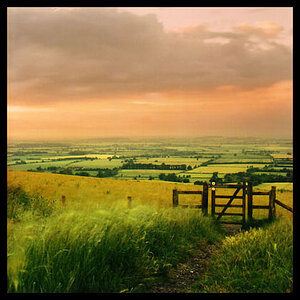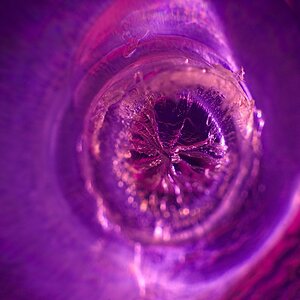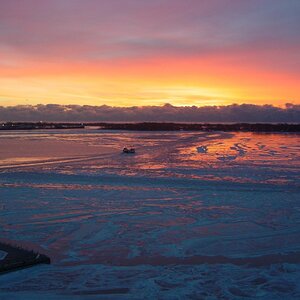Moglex
TPF Noob!
- Joined
- Jun 13, 2008
- Messages
- 581
- Reaction score
- 0
- Location
- Whitstable
- Can others edit my Photos
- Photos OK to edit
I just thought that i would let you know that we recently did a very nice HDR tutorial that can help you create your own images.
SINGLE IMAGE HDR CREATION | Beyond Megapixels
This is a technique I've been using for a while.
It's very useful for creating good, natural, 'non-HDR' HDR images.
It also has a couple of useful advantages over the usual, 'bracketing' method.






![[No title]](/data/xfmg/thumbnail/42/42486-757c2978c4ecfb0e9dbfca10a0e2d240.jpg?1619740196)
![[No title]](/data/xfmg/thumbnail/32/32003-70dfe149c27224e28ba98e975984e01e.jpg?1619735147)





![[No title]](/data/xfmg/thumbnail/37/37115-e2d49d984453c62a2a20cf741e3d6679.jpg?1619737883)


![[No title]](/data/xfmg/thumbnail/40/40285-2ce5915035c220ccb3485030863b62d0.jpg?1619739408)